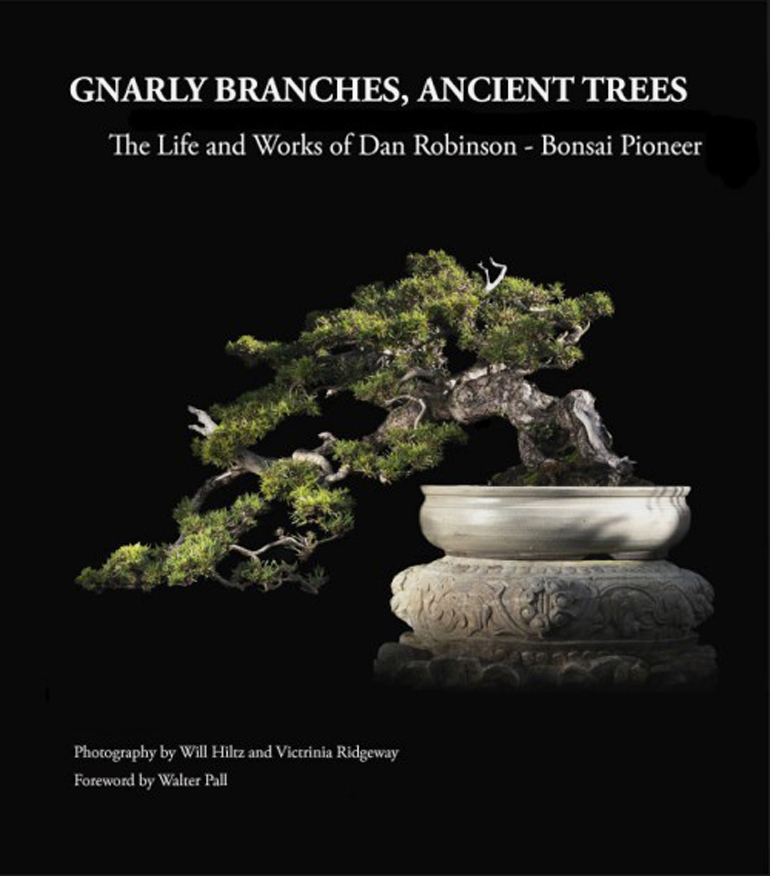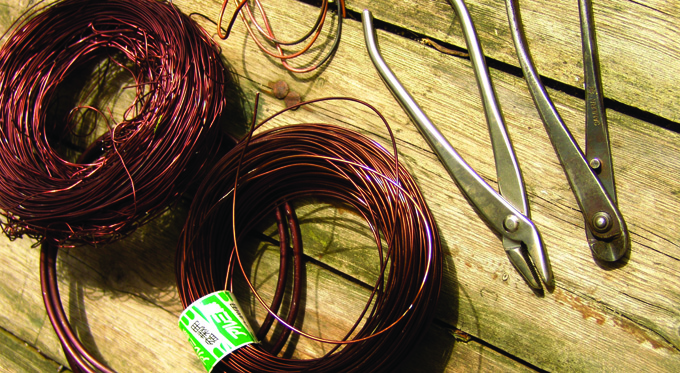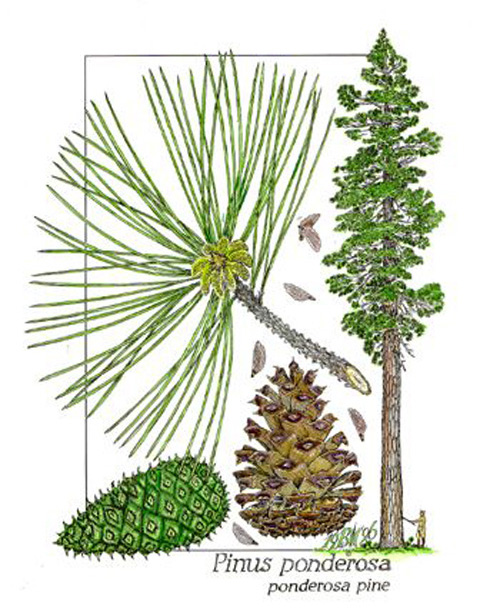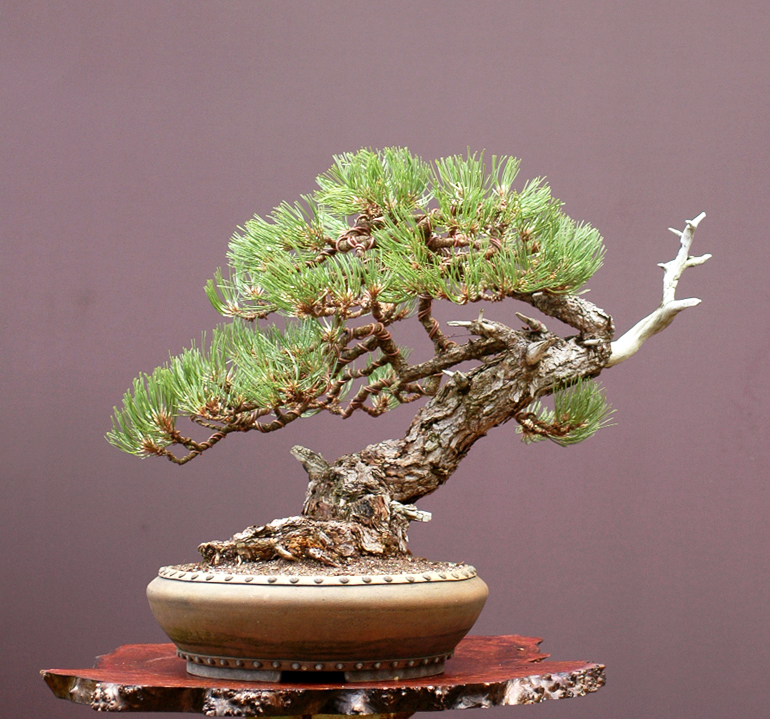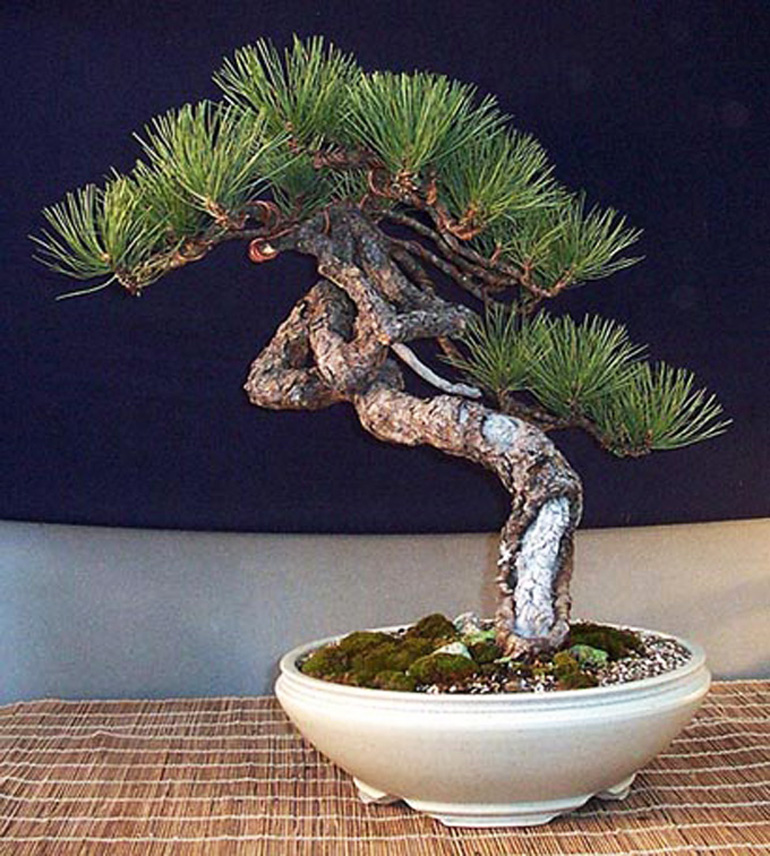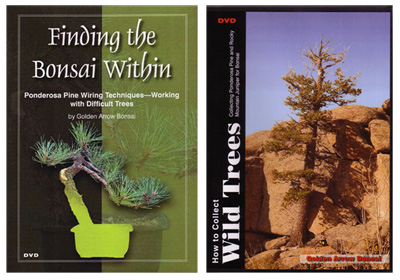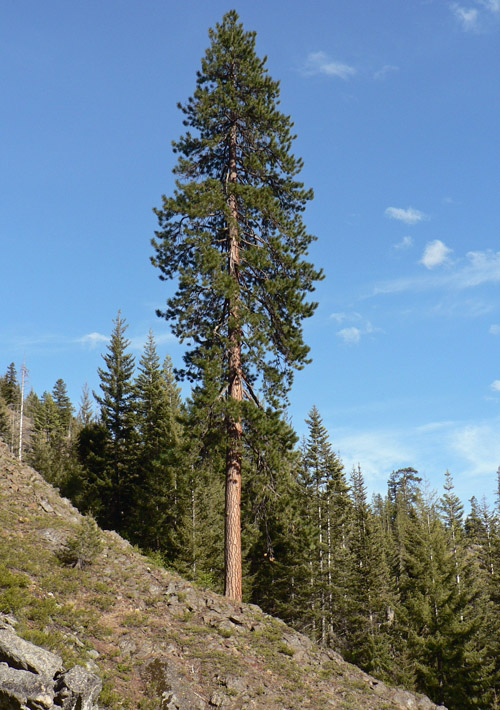A perfect yamadori bunjin with deadwood and a snake like living vein. Sweet pot too. This and the other photos shown here are from Ken To's website.
This post is borrowed from our archives (Sept 2013). It wasn’t the first time we’ve featured Ken To’s beautifully detailed little wire bonsai sculptures and won’t be the last. We have caught a little grief about posting these cause they aren’t real bonsai. But that’s just silly.
Rather than going to the trouble of actually thinking and writing, here’s some text that I lifted from Katie Hosmer at My Modern Met. “To’s microsculptures must require incredible patience and a very steady hand. The curls and twists mimic the shape of a living bonsai, each one standing an average of about 2 to 4 inches tall and placed in various bonsai pots created by Jim Barrett. Ken To uses exhibition grade wire, sometimes choosing to blend several tones into one final shape. The elaborately hand-crafted designs are a wonderful interpretation of the classic bonsai art form, and can be purchased on the artist’s website”
A semi cascade with a perfect little Jim Barrett pot. All the pots Ken uses are by Jim.
Informal upright multi-toned weeping willow.
Ken dug this old Shimpaku high in the mountains of Japan. I'd say the silver wire is deadwood and the gold is living.
It's very small and it's made of wire, yet it's clear that it's a deciduous tree in fall color.
25% off Roshi Bonsai Tool Sale ends tomorrow night
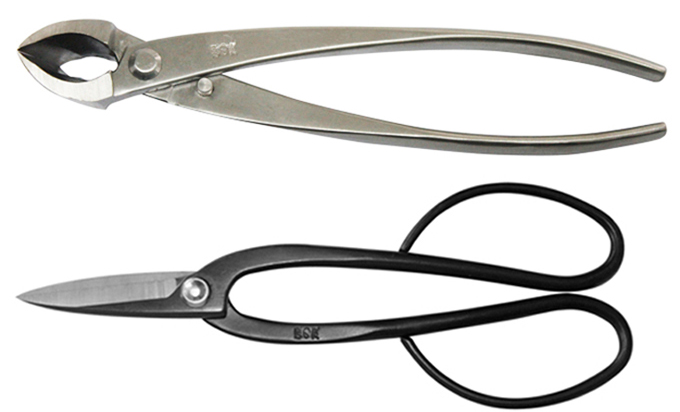 We love our Roshi Bonsai Tools
We love our Roshi Bonsai Tools
You can feel the craftsmanship when you hold them in your hands
and the price is right
25% off Sale ends tomorrow (Monday) night at 11:59pm EST
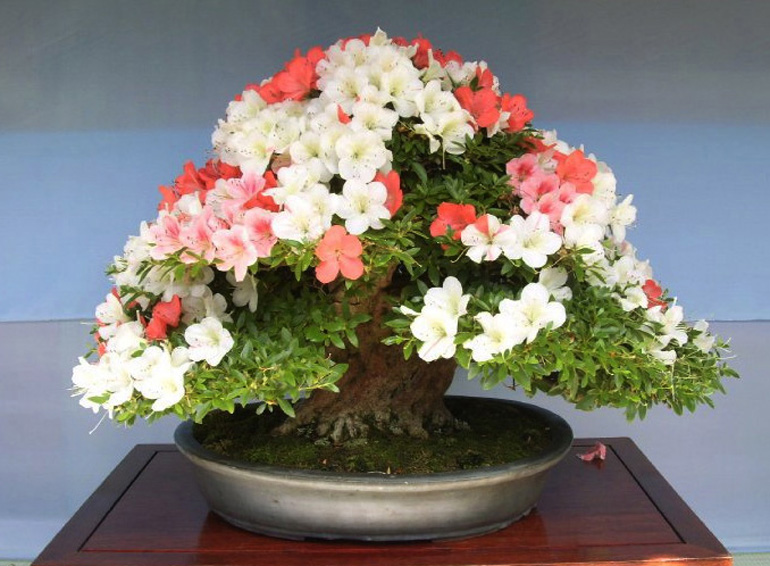 This photo was taken to emphasis the flowers, rather than the tree. If you were to take a photo of this tree when it's not in flower, you'd take it a from a point a little lower to better show the powerful trunk and nebari. Sometimes photos just seem to appear on my desktop without any reference. This is the case here, so my apologies for failure to attribute this multi-hued Satsuki azalea to its rightful owner (best guess; Japanese owner).
This photo was taken to emphasis the flowers, rather than the tree. If you were to take a photo of this tree when it's not in flower, you'd take it a from a point a little lower to better show the powerful trunk and nebari. Sometimes photos just seem to appear on my desktop without any reference. This is the case here, so my apologies for failure to attribute this multi-hued Satsuki azalea to its rightful owner (best guess; Japanese owner).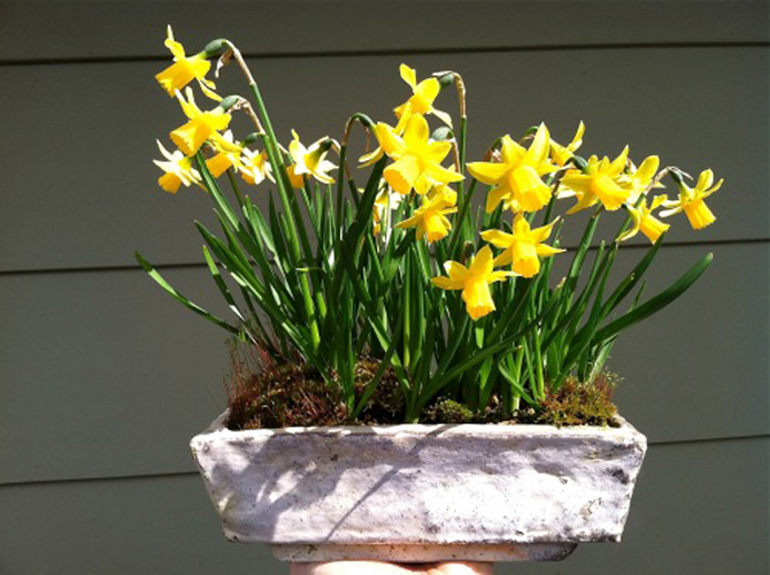
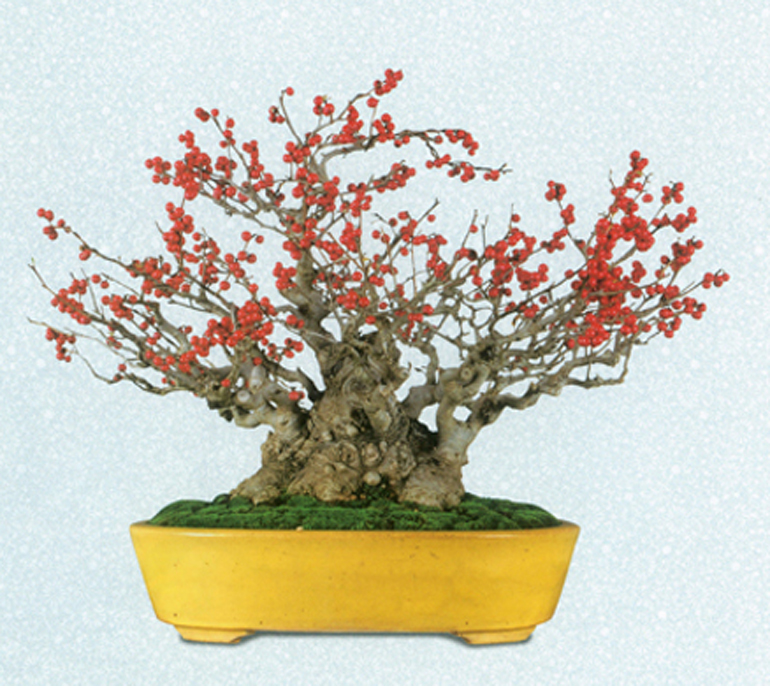
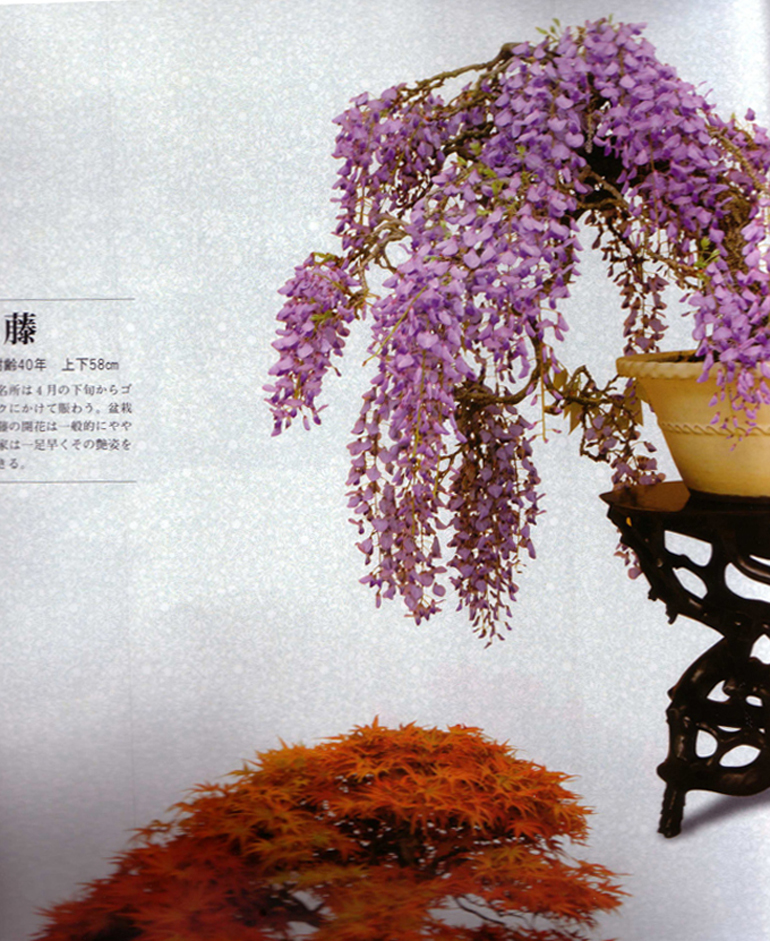

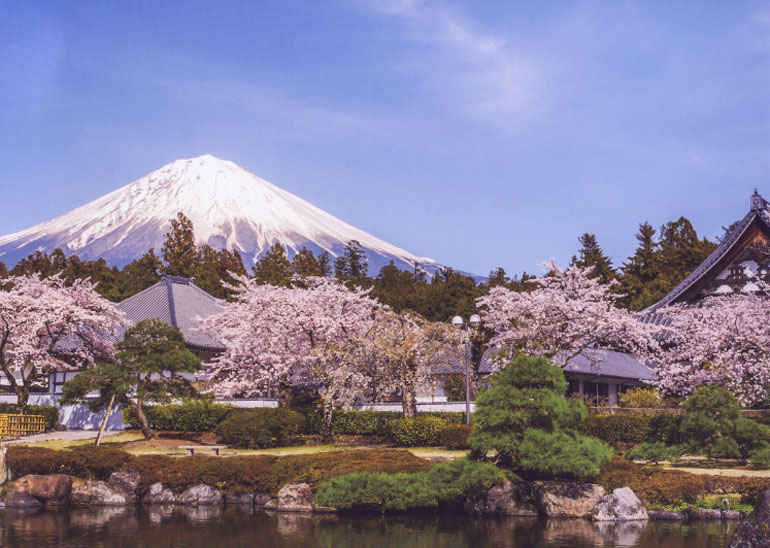
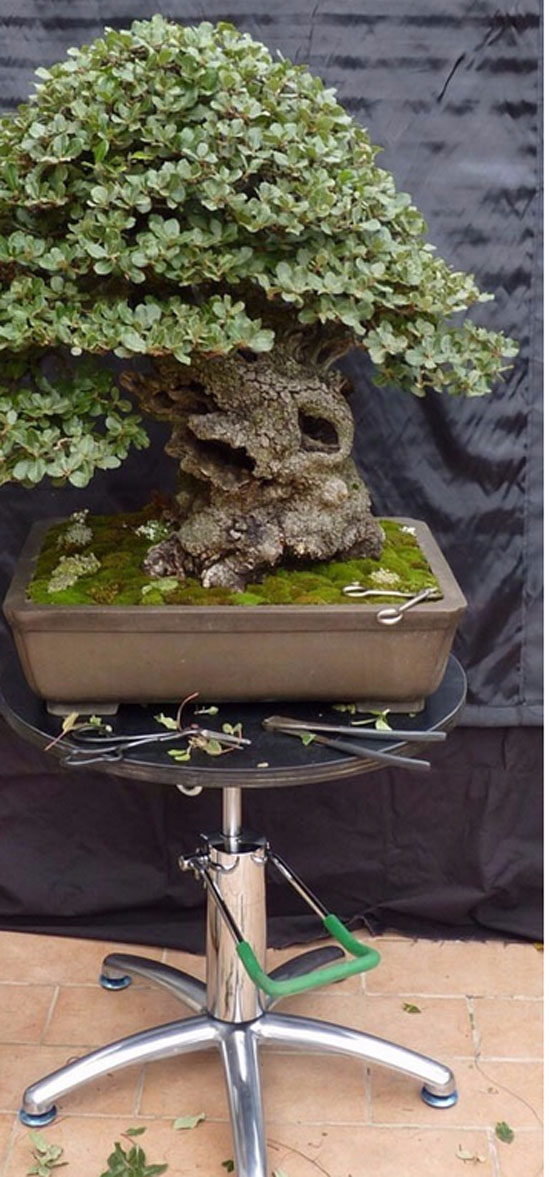
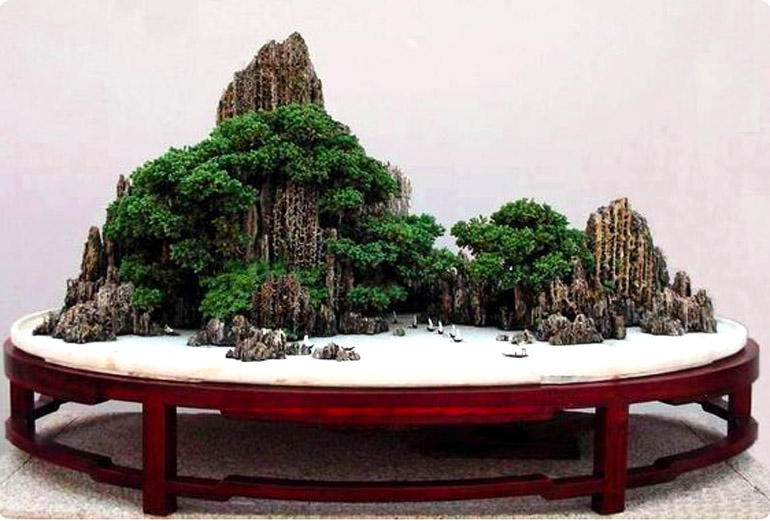

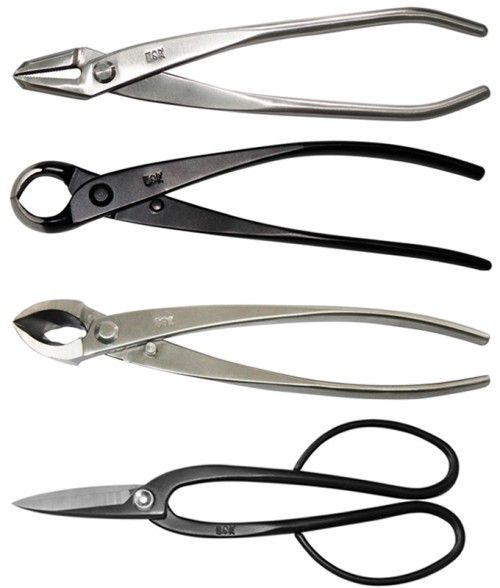
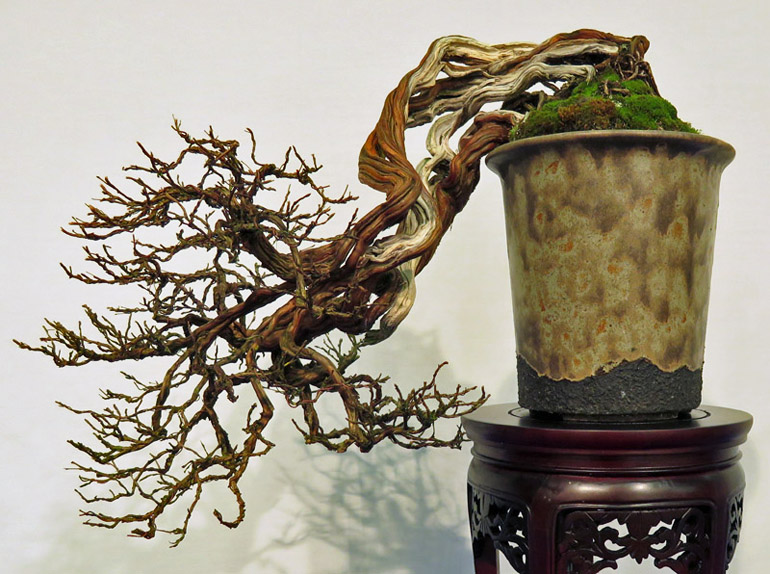
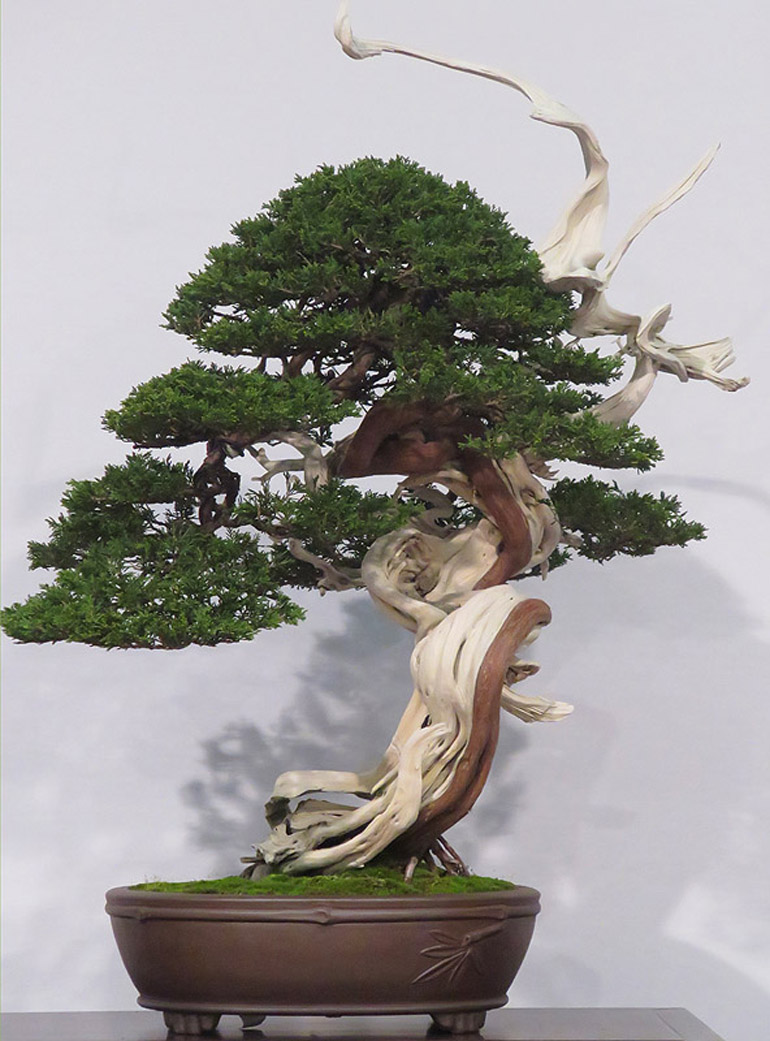 Even though this one looks a lot like a few hundred other quality Shimpaku bonsai we've seen lately (a wild, undulating, deadwood dominated trunk with a single living vein, more crazy deadwood up top and a nicely balanced crown for contrast)... still, it's a beautiful tree.
Even though this one looks a lot like a few hundred other quality Shimpaku bonsai we've seen lately (a wild, undulating, deadwood dominated trunk with a single living vein, more crazy deadwood up top and a nicely balanced crown for contrast)... still, it's a beautiful tree.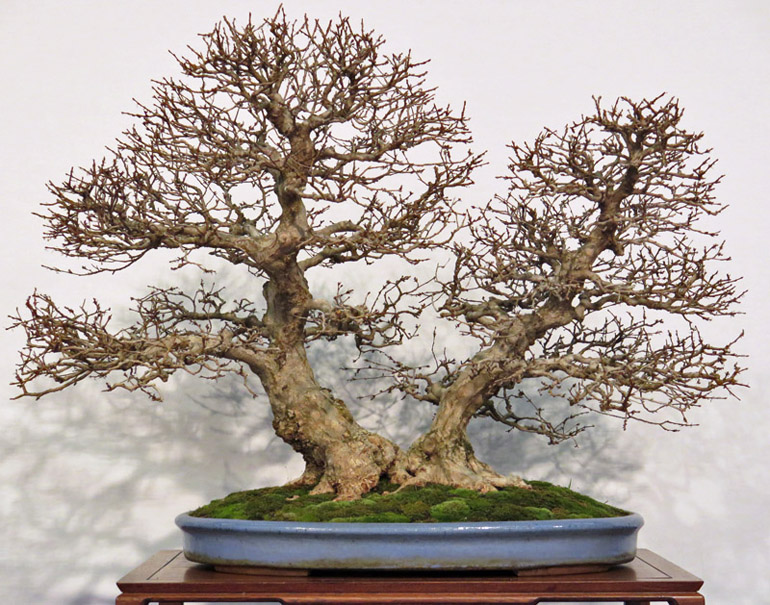
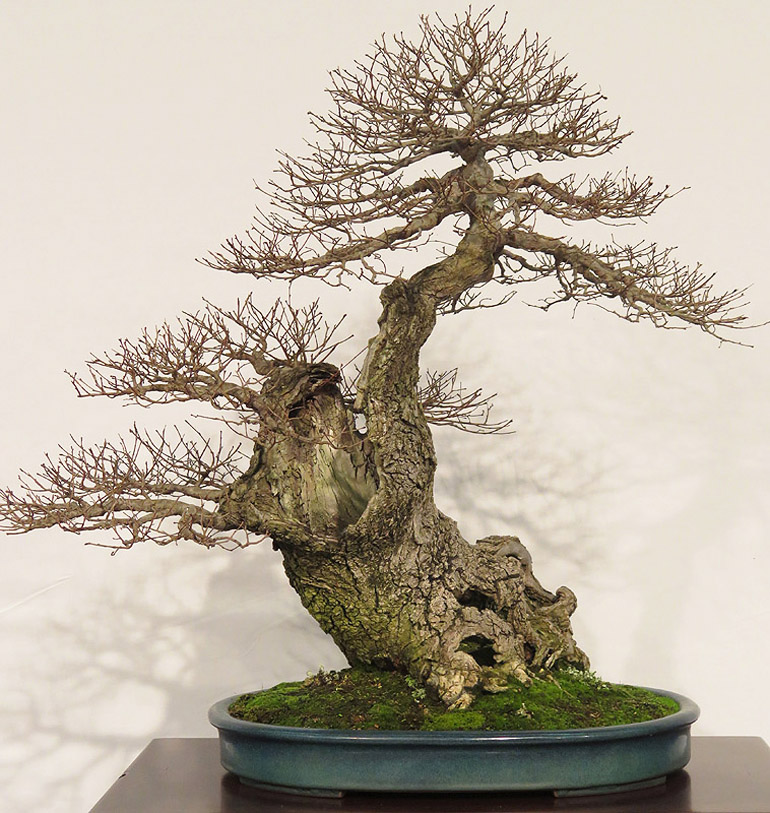
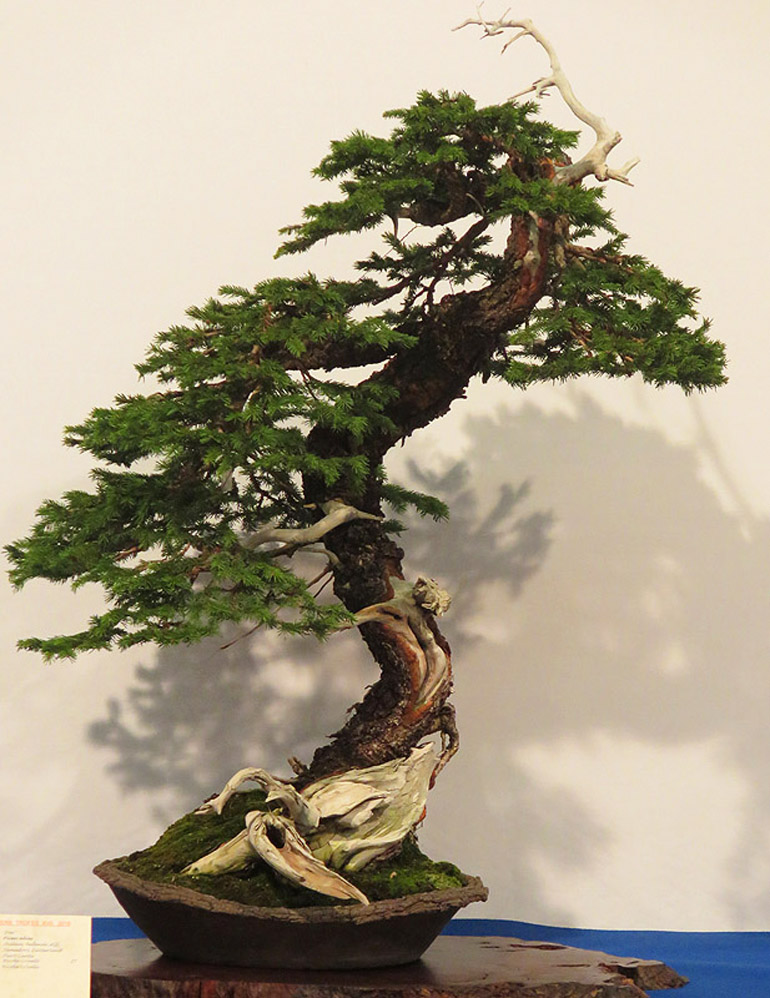
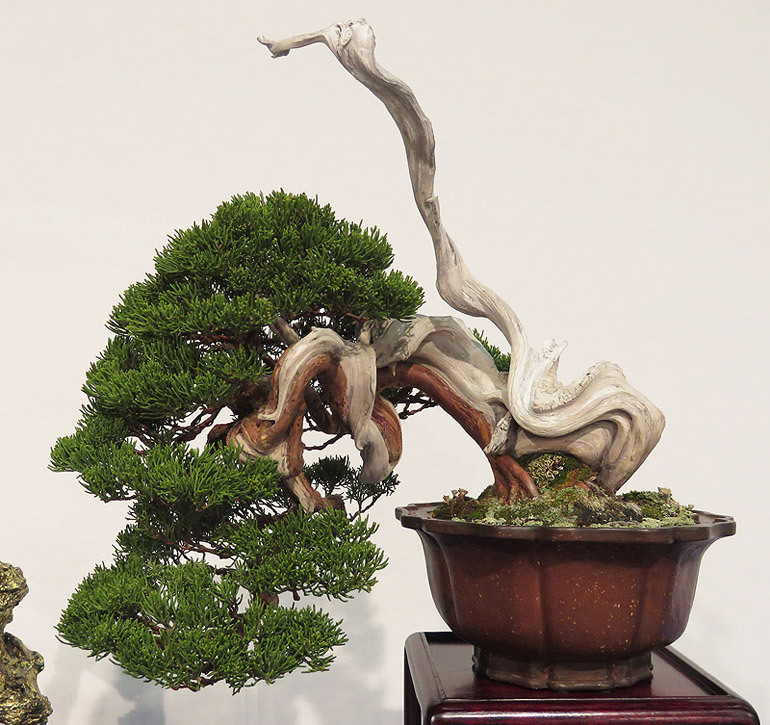
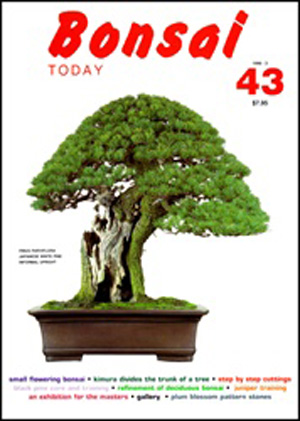

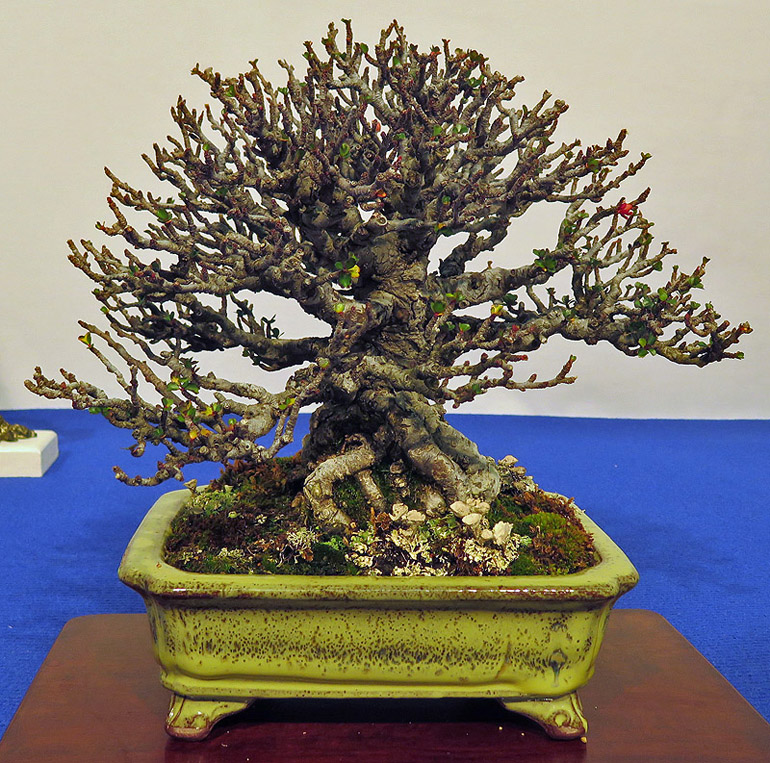
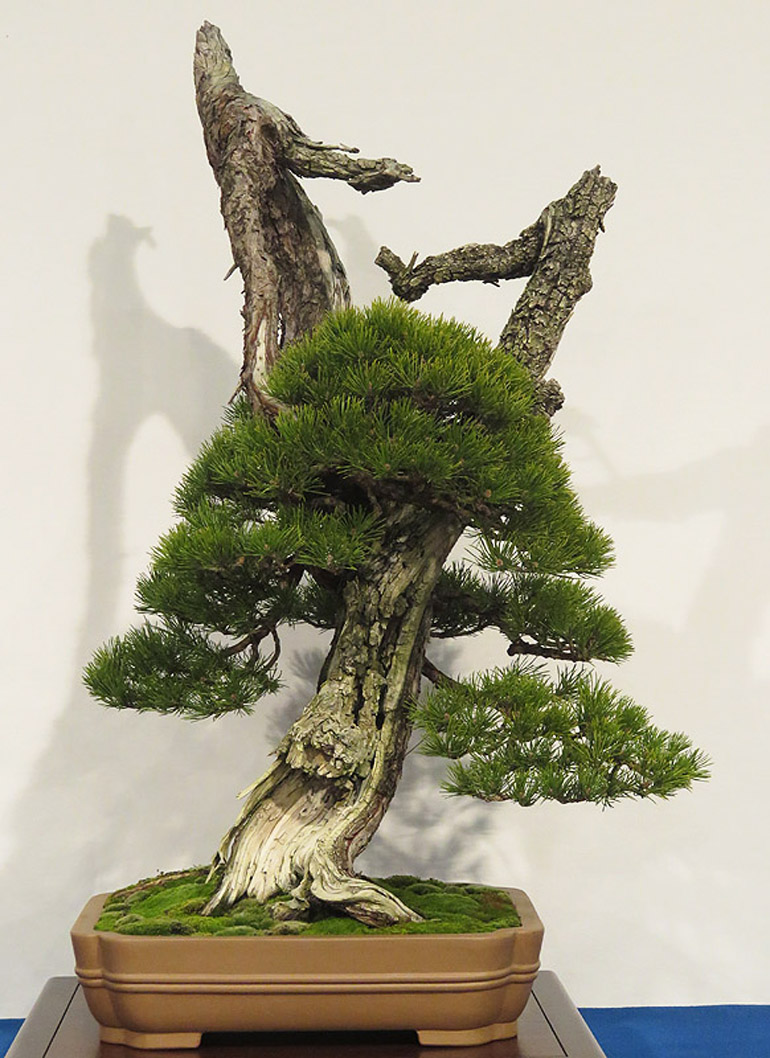



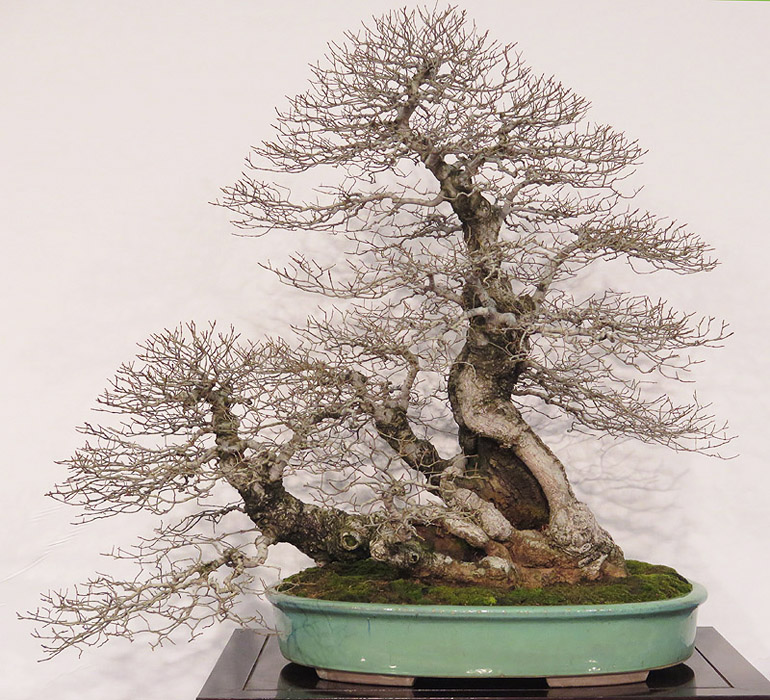
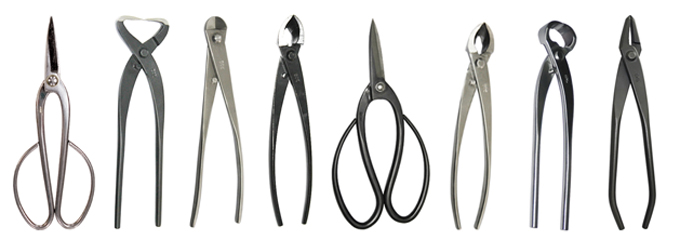
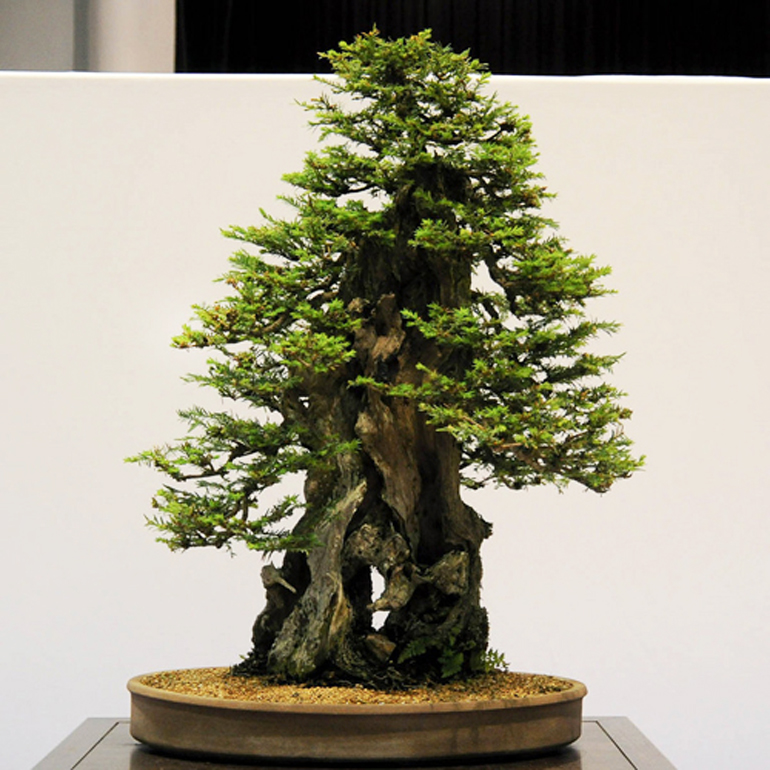
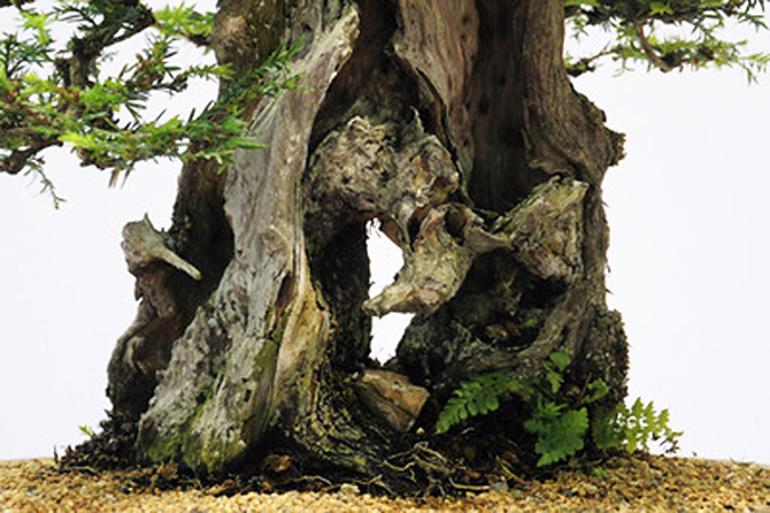
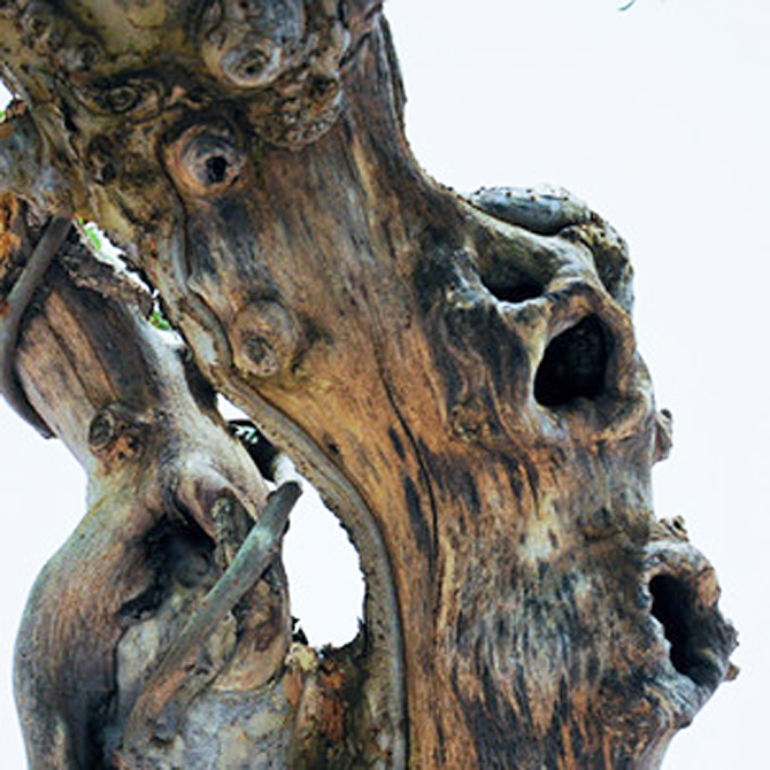

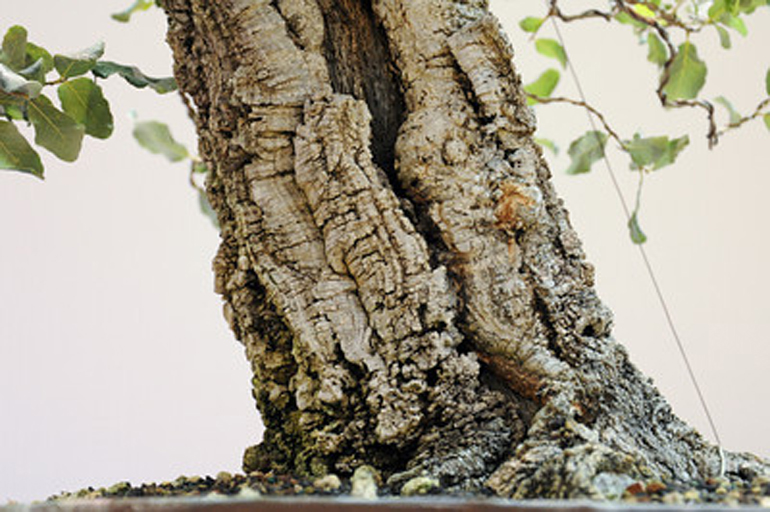
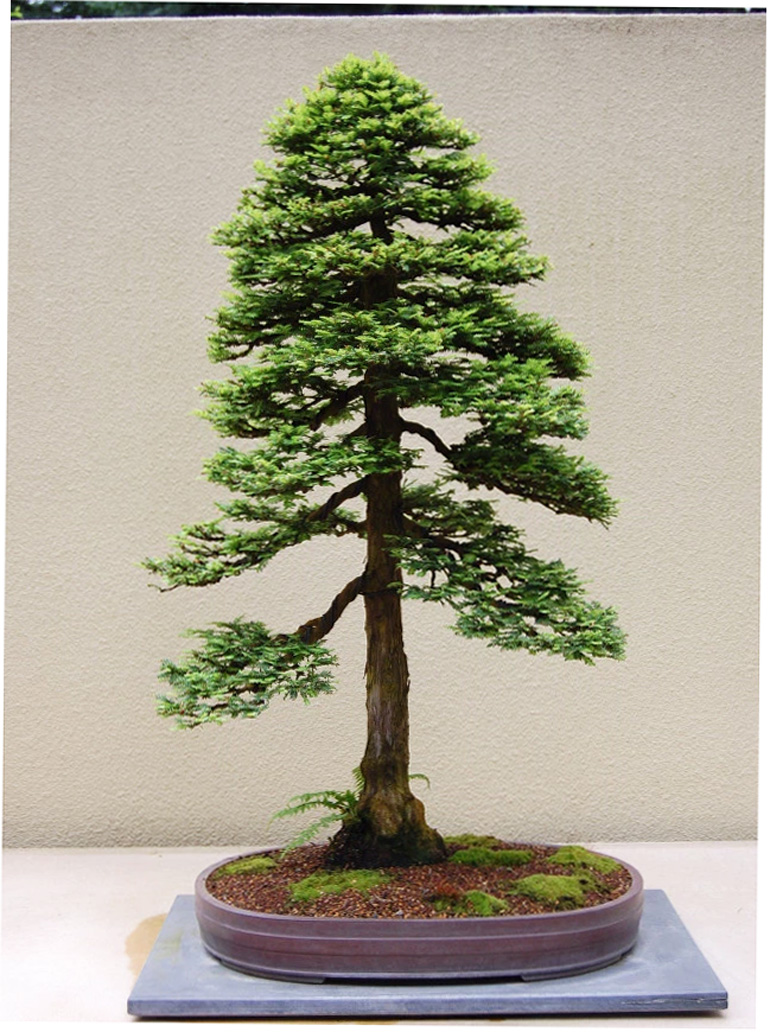
 A little pressed for time today, so we'll just show you this remarkable tree that
A little pressed for time today, so we'll just show you this remarkable tree that 
 Tropical monster. From the
Tropical monster. From the  I just received (this was written in 2010) a kind message from Min, Hsuan Lo. If you don't know who Mr Min is, it's time to learn. To get you started, here's the cover of his book and
I just received (this was written in 2010) a kind message from Min, Hsuan Lo. If you don't know who Mr Min is, it's time to learn. To get you started, here's the cover of his book and 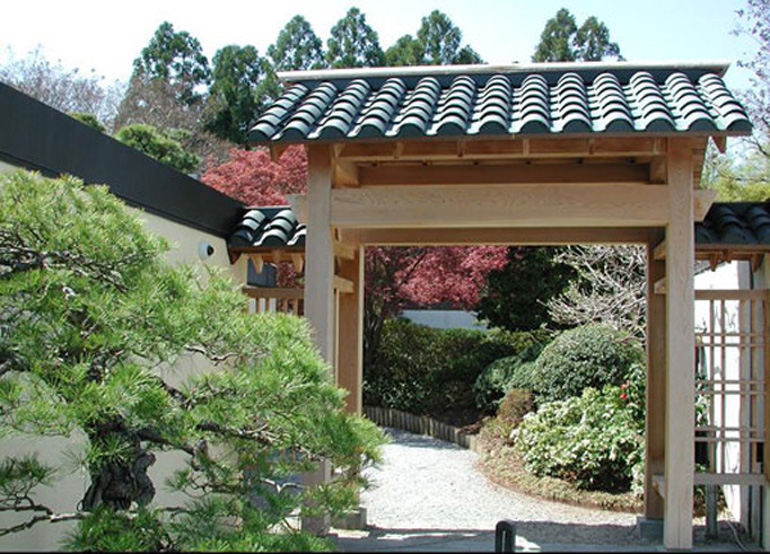 The entrance to the Japanese Stroll Garden at the
The entrance to the Japanese Stroll Garden at the 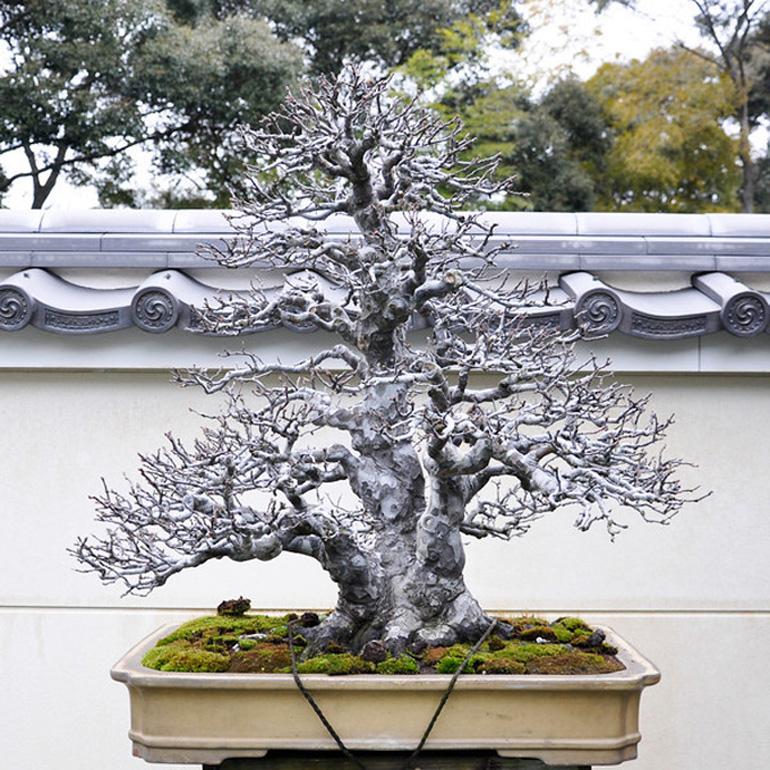 This amazing tree is one of many world-class bonsai at the Shinpukuji Temple bonsai museum. It's from
This amazing tree is one of many world-class bonsai at the Shinpukuji Temple bonsai museum. It's from  I just discovered that our friend Morten Albek (
I just discovered that our friend Morten Albek (
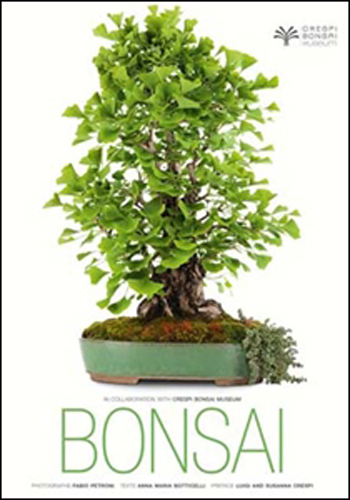 Speaking of the Crespi Bonsai Museum
Speaking of the Crespi Bonsai Museum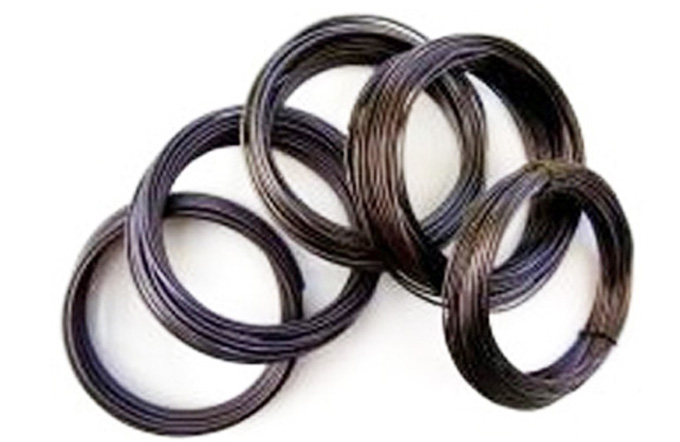
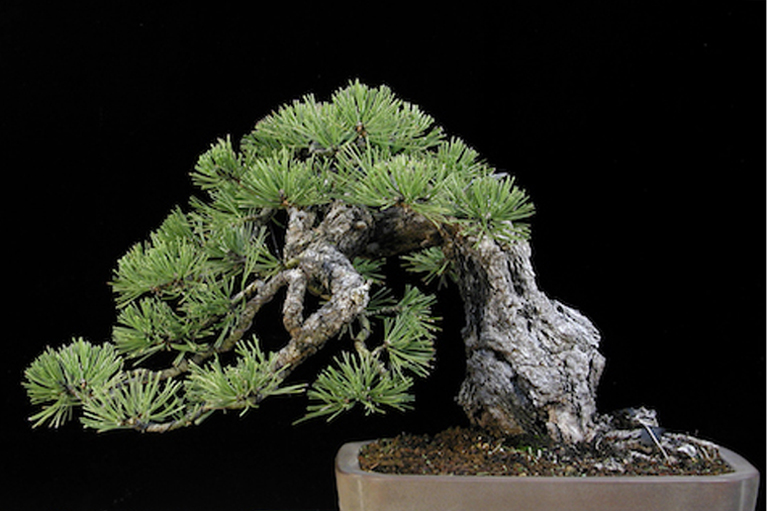

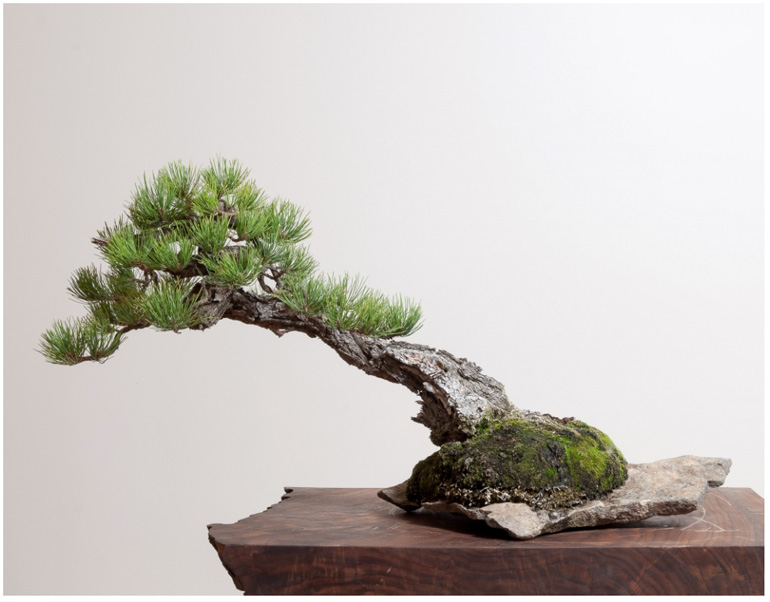
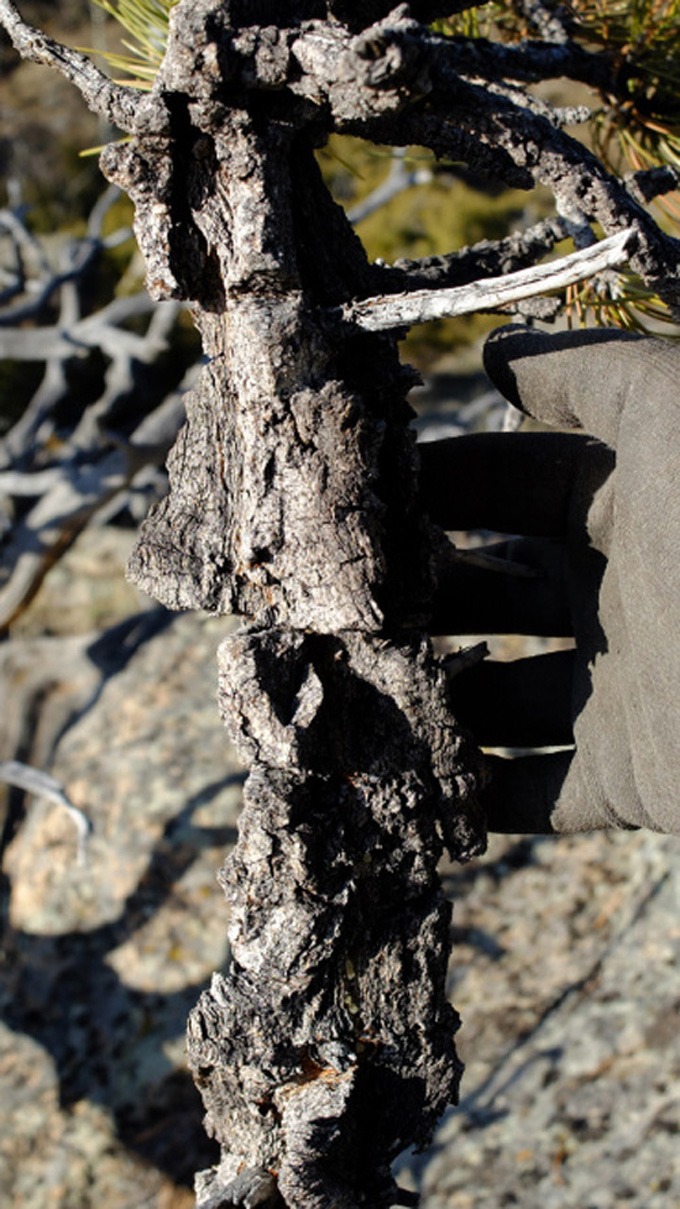 This
This 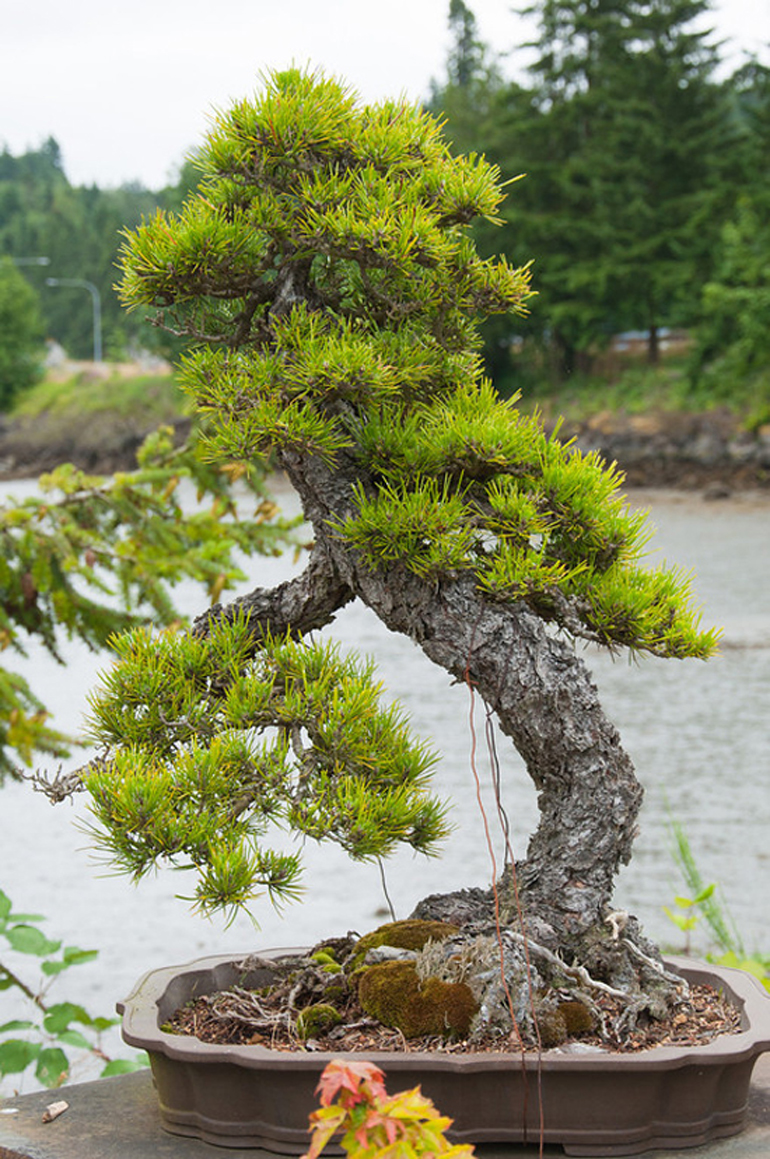 Impressive nebari (surface roots flaring at the base of the trunk) aren't that common on pines, though this one is certainly an exception. It's one of Dan’s Robinson's many ancient Ponderosa pines. This photo was taken at
Impressive nebari (surface roots flaring at the base of the trunk) aren't that common on pines, though this one is certainly an exception. It's one of Dan’s Robinson's many ancient Ponderosa pines. This photo was taken at 